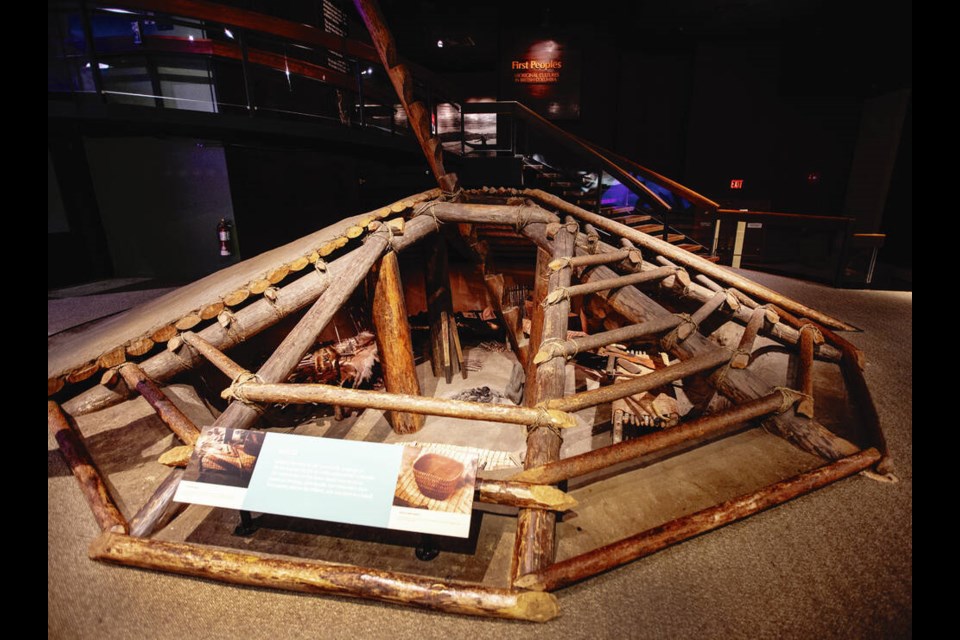There is no timeline on the process to “decolonize” displays in the Royal B.C. Museum’s Becoming B.C. and First Peoples galleries, its acting chief executive said.
“It will take time and we will take that time to develop a new narrative from all voices in the province,” said Dan Muzyka, also chairman of the museum’s board of directors.
“It matters for the long term and for the many generations to come after us,” he said. “The current exhibits lasted for 50 years … not many last that long before they have to be modernized.”
The museum recognized its own racism and apologized in July to Lucy Bell, who is of Haida descent and was the museum’s head of Indigenous collections when she resigned citing a culture of racism and discrimination. Independent investigators hired by the B.C. Public Service Agency interviewed museum employees and reviewed hundreds of documents, including emails and text messages, human resources documents, museum policies and financial documents.
The museum also recognized that some First Peoples displays were an “offensive and inadequate representation of Indigenous history” and that the early pioneer exhibits were woefully lacking in recognizing the roles of many people of colour who helped to build British Columbia.
Jack Lohman stepped down as CEO in February, and the board and provincial minister of tourism, Melanie Mark, called for the “decolonization” of the third floor.
Muzyka said the overhaul of the museum’s galleries is important and long overdue during a period when Canadians are taking meaningful steps to truth and reconciliation.
To do that, officials felt it necessary to close the third floor and take the exhibits apart while the museum engages in consultations with First Nations and all settler and under-represented groups on how to proceed.
The museum has been criticized for closing the floor as a potentially long consultation process begins, but Muzyka said the museum is standing by that decision.
Logistically, dismantling the galleries presents challenges and requires time to remove, catalogue and store artifacts as the new narratives are researched, he said. And space will be needed to do some of that work and plan future designs.
“We’re dealing with thousands of objects,” said Muzyka, adding there are more from the museum’s vast collections that may appear in new exhibits.
The First Peoples Gallery, built in 1977, was originally designed from an anthropological perspective, rather than a natural and cultural perspective, said Muzyka. “We need to be significantly more mindful and work with the nations to present more of the living culture.”
Muzyka provided no timeline on consultations, nor did he say if any had already started. There are more than 200 First Nations in the province, but Muzyka said the majority of the pieces in the museum’s collection are Haida and Coast Salish, which encompass several individual First Nations.
The museum will also consult with the South Asian, Chinese, Japanese and Black communities, and others.
Muzyka said most of the feedback has been positive from the public, with many people saying the exhibits need reworking and better context.
“People understand there are big gaps,” said Muzyka.
“It’s a dynamic process. We want to build something that’s new and exciting and more complete — and to do it together.
“Change is a difficult process for everyone … 50 years ago we were on the forefront and this will bring us there again. That’s the opportunity we have.”
- - -
Royal B.C. Museum sees rush for last look at Old Town before it's dismantled



